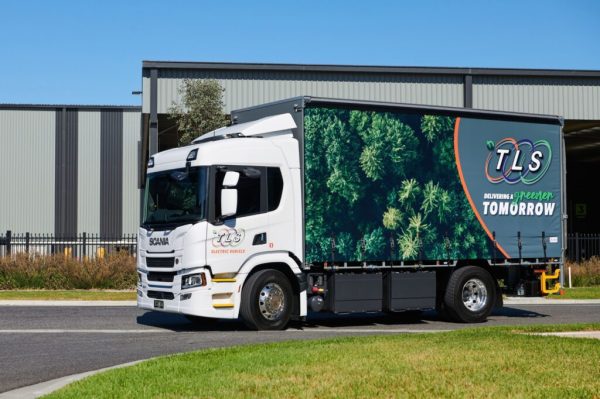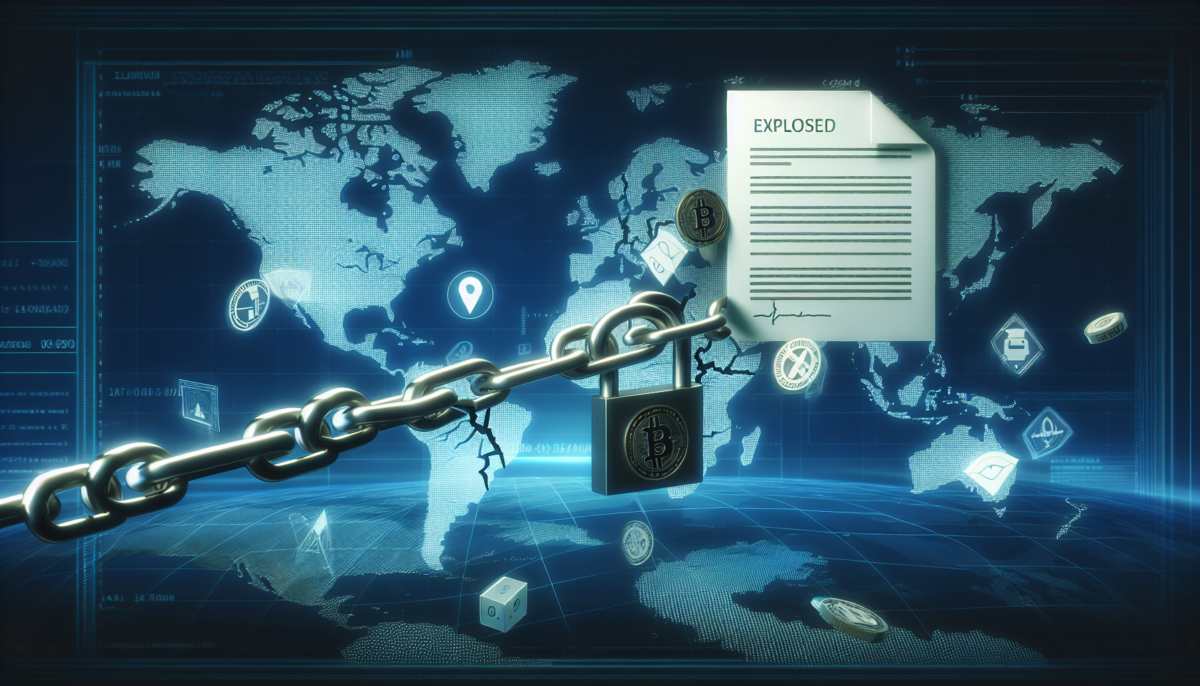Woolworths’ Chief of Security Starts at Optus
We independently review everything we recommend. When you buy through our links, we may earn a commission which is paid directly to our Australia-based writers, editors, and support staff. Thank you for your support!
Brief Overview
- Pieter van der Merwe, CSO of Woolworths, is set to transition to Optus later this year.
- This move represents a crucial change in security oversight at Optus.
- Optus is merging information and physical security responsibilities under one leadership.
- Security duties will now report directly to CEO Stephen Rue.
- Ben Davies, the previous head of national and cyber security at Optus, will assume a new position.
Pieter van der Merwe’s Position at Optus

Pieter van der Merwe, the chief security officer of Woolworths, is preparing to join Optus later this year, coinciding with a significant transformation in the telecom firm’s security strategy. This was revealed by Optus CEO Stephen Rue, underscoring a strategic reorientation in the company’s security management.
Significant Changes in Optus’ Security Oversight
The recruitment of Pieter van der Merwe is regarded as critical for Optus. Rue noted that van der Merwe’s vast experience in steering security initiatives for large-scale operations, serving millions of customers, is highly valuable. His proficiency in privacy, data security, compliance, and governance aligns seamlessly with the strategic directives and consumer advocacy objectives of Optus.
Before his tenure at Woolworths, van der Merwe was the chief information security officer at the retailer, solidifying his expertise in the domain.
Modifications in Security Oversight Structure
Optus is revamping its security framework by combining information and physical security under a single executive. In the past, these responsibilities were managed by Ben Davies, who led national and cyber security, reporting through CIO Mark Potter. The restructuring will now have these functions report directly to CEO Stephen Rue, creating a more efficient security management system.
Ben Davies’ New Position
With this transition, Ben Davies will be transitioning to a different role within Optus, allowing for van der Merwe’s stewardship. This change is anticipated to elevate the company’s commitment to security, ensuring that both information and physical security are overseen in an integrated manner.
Conclusion
In conclusion, Pieter van der Merwe’s transfer from Woolworths to Optus marks a significant change in Optus’ security management. By merging security functions and having them report directly to the CEO, Optus seeks to enhance its security framework and align more closely with its strategic goals. This transformation reflects the telco’s dedication to improving customer trust and confidence through strong security protocols.














.jpg)